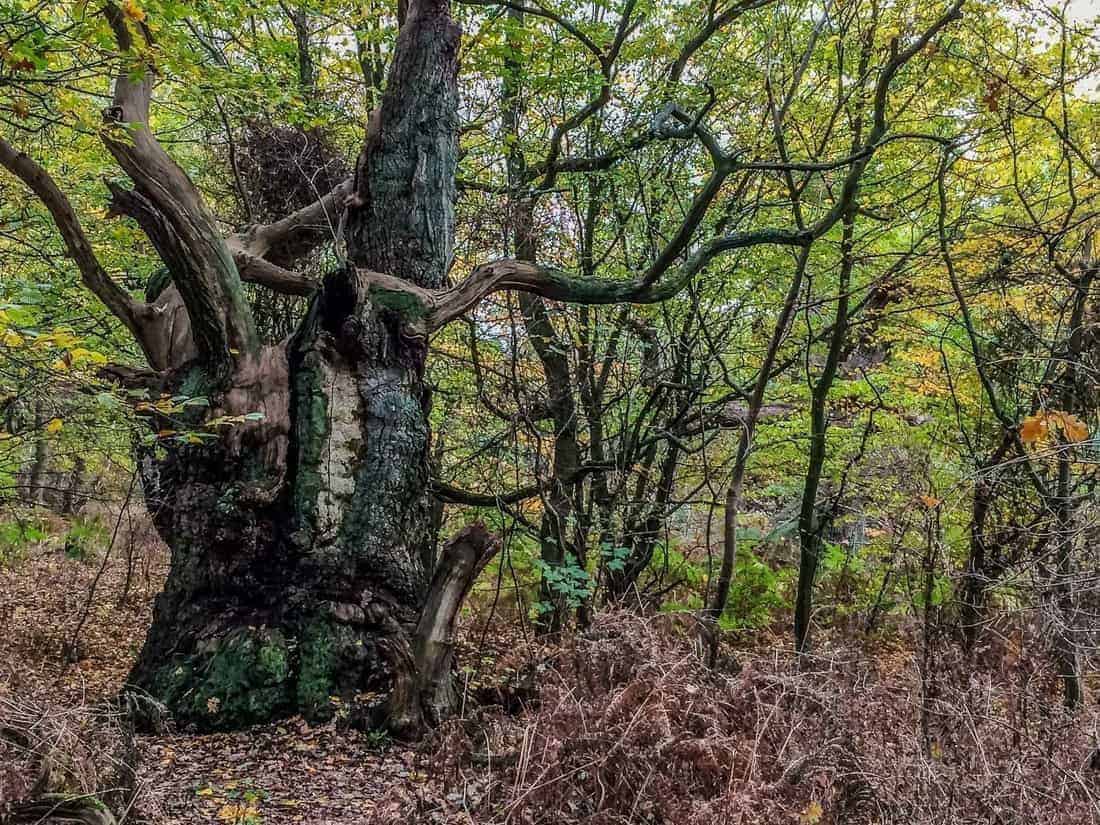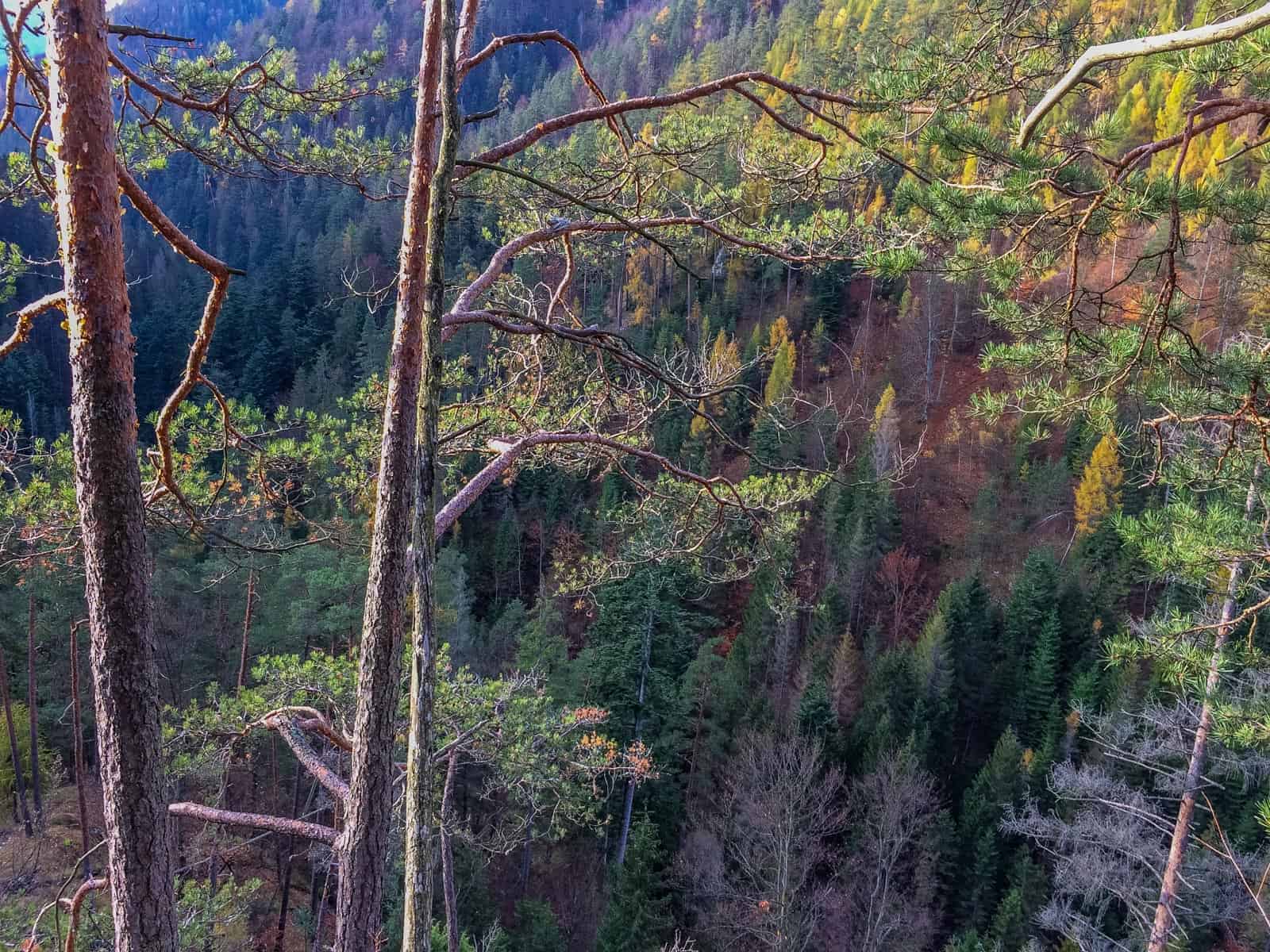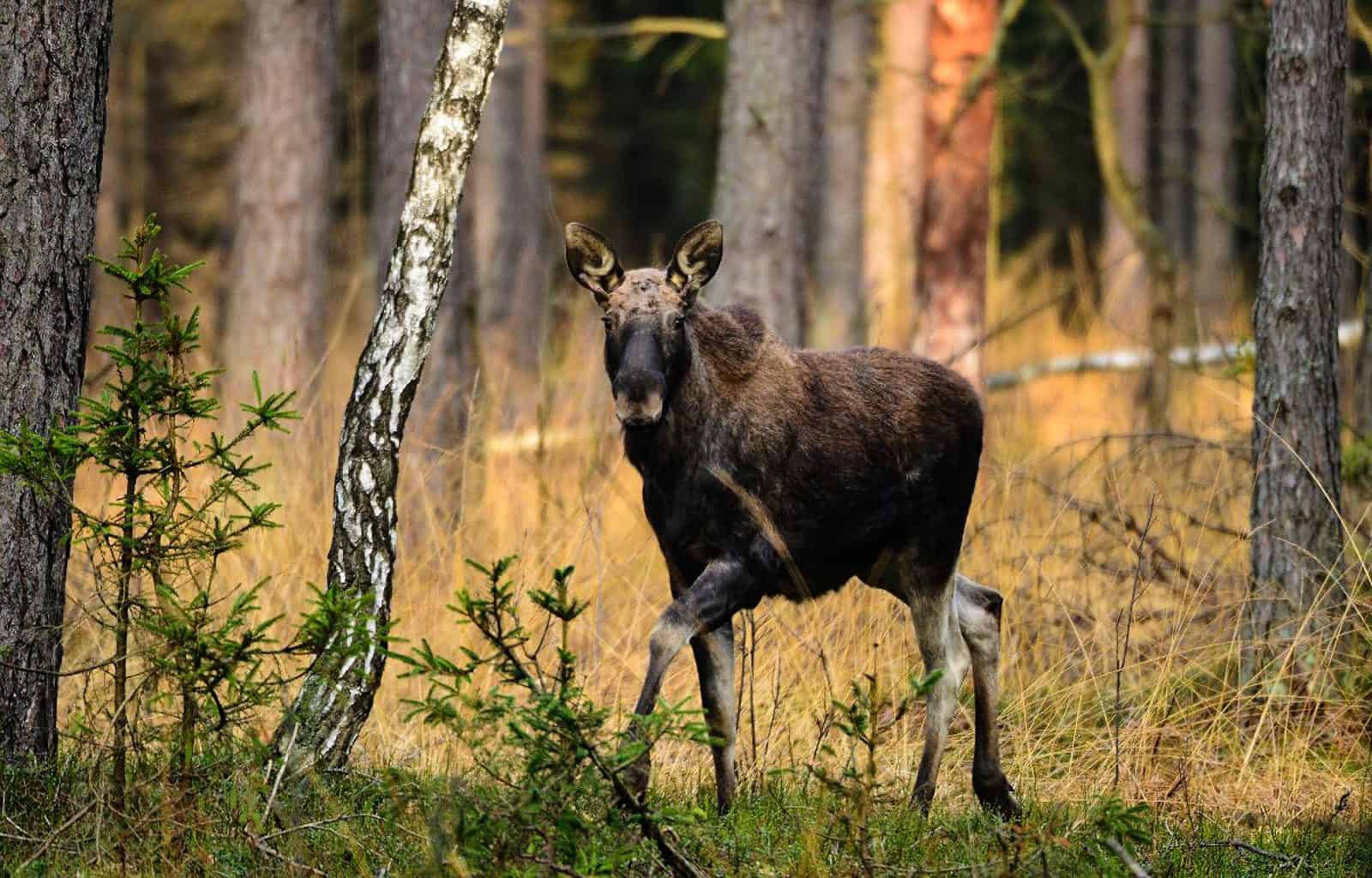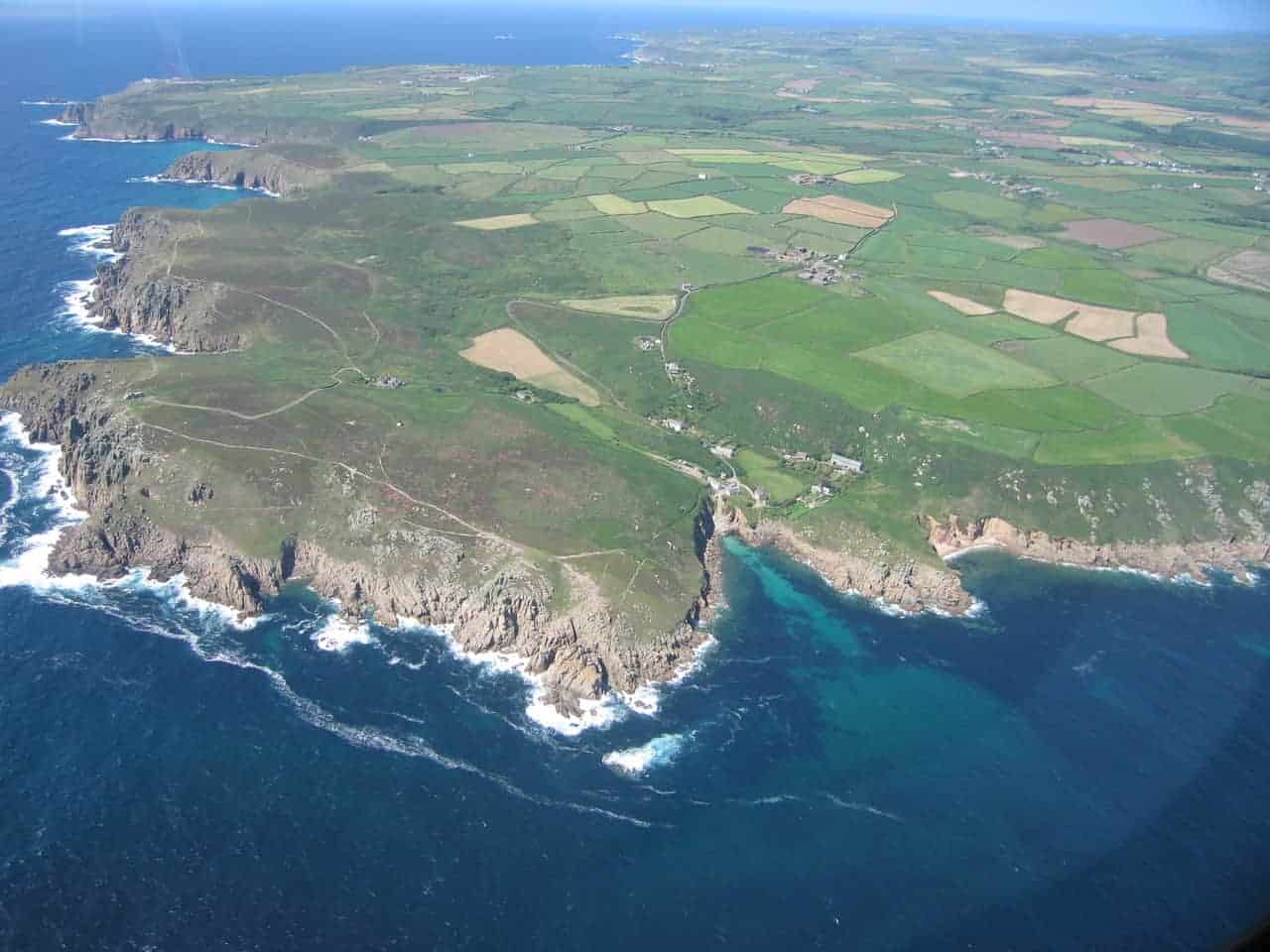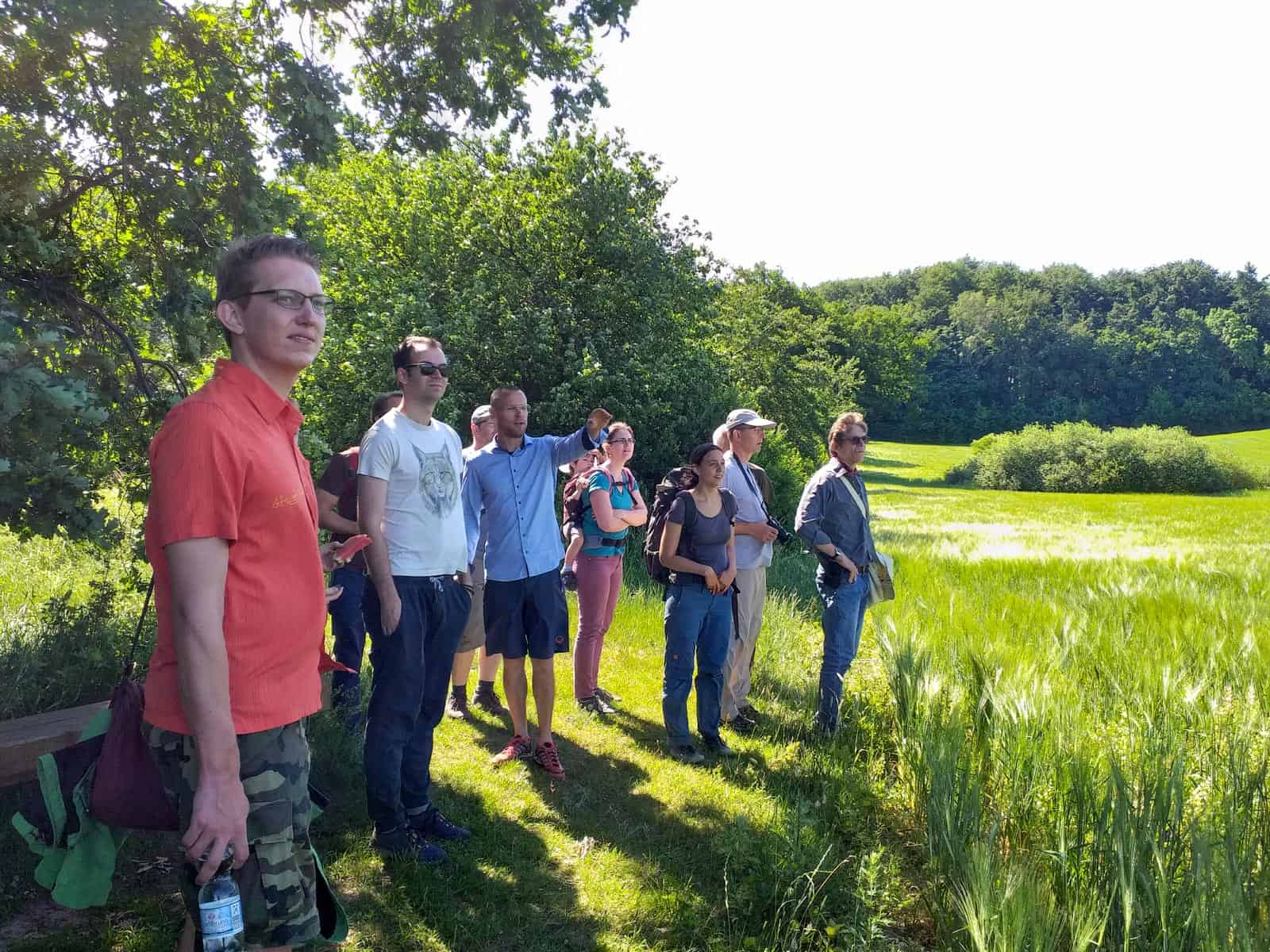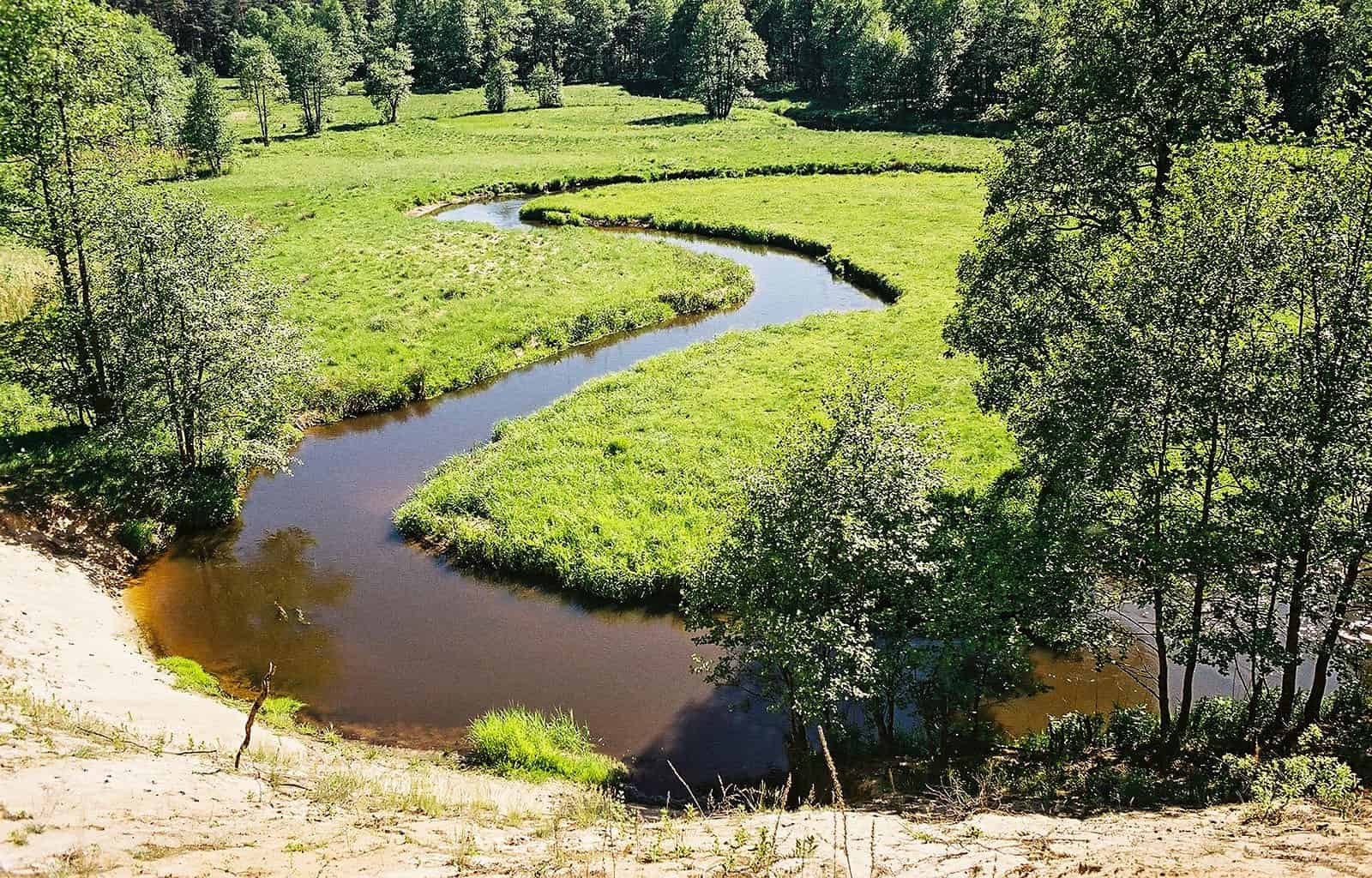EU natural restoration – European Green Deal
EU natural restoration is a part of the European Green Deal, which commits to protecting and restoring nature. It states that the Commission will identify measures, including legal ones. This should help Member States improve and restore damaged and carbon-rich ecosystems to good ecological status.
The Green Deal also emphasised that all EU actions and policies should pull together to help the EU achieve a successful and just transition towards a sustainable future.
Targets is to further protect nature in the EU
The EU Biodiversity Strategy for 2030 set out targets to further protect nature in the EU. However, it underlined that protection alone would not be enough to reverse biodiversity loss. Further on the greater efforts are needed to bring nature back to good health across the EU, in protected areas and beyond. Therefore, the Commission committed to propose legally binding targets to restore degraded EU ecosystems. Particularly those with the most potential to remove and store carbon and to prevent and reduce the impact of natural disasters.
The EU has so far failed to halt the loss of biodiversity. A recent study finalised in the framework of the evaluation of the EU biodiversity strategy up to 2020 shows that the EU could not halt the loss of biodiversity between 2011 and 2020.
Failure of the EU?
EU did not meet the voluntary target to restore at least 15% of degraded ecosystems by 2020. The outlook for biodiversity and ecosystems is bleak and shows that the current approach is not working.
The European Parliament also insisted on intensifying efforts to restore ecosystems. This is a commitment expressed in the conclusions of the Council from December 2019 and the resolution of the European Parliament from January 2020.
The Parliament resolution called on the Commission to move away from voluntary commitments. Request is to propose an ambitious and inclusive Strategy. Strategy, which sets legally (and, consequently, enforceable) binding targets for the EU and its Member States.
In its resolution of summer 2021, the European Parliament strongly welcomed the Commission’s commitment to draw up a legislative proposal on nature restoration, including on binding restoration targets.

International restoring ecosystems agenda
Restoring ecosystems is also high on the international agenda. The 2050 vision under the Convention on Biological Diversity, the United Nations Convention to Combat Desertification, the 2030 Agenda for Sustainable Development and the UN Decade for Restoration all call for protecting and restoring ecosystems.
Restoration will also be necessary for the EU to meet its commitments under the United Nations Framework Convention on Climate Change, and the Paris Agreement. Ecosystems such as peatlands, wetlands, oceans and forests can – if in good condition – remove and store large amounts of carbon dioxide. These also contribute significantly to reducing the impact of climate change.
Recovery of biodiverse
The proposal for a regulation on nature restoration sets out an overarching objective. That means to contribute to the continuous, long-term and sustained recovery of biodiverse and resilient nature across the EU’s land and sea areas by restoring ecosystems. This approach will also contribute to achieving Union climate mitigation and climate adaptation objectives and meet its international commitments.
To achieve this objective, the proposal sets multiple binding restoration targets and obligations across a broad range of ecosystems. These measures should cover at least 20% of the EU’s land and sea areas by 2030 and all ecosystems in need of restoration by 2050.

Translate the objectives into action
The proposal is further supported by an implementation framework to translate the objectives into action. This should include preparing and carrying out national restoration plans.
The proposal aims to enable the EU to act with urgency. Further on also to start restoring ecosystems based on binding targets and obligations that can already be measured and monitored. This will ensure that Member States can start restoration work without delay. More ecosystems can be included at later stages by developing joint methods to set further targets by amending the regulation.
This proposal paves the way for a broad range of ecosystems in the EU to be restored and maintained by 2050, with measurable results by 2030 and 2040. It enables the EU to contribute to halting biodiversity loss and bringing nature back to good health. It also should enable the EU to demonstrate global leadership on protecting nature. Bad news is that recently EU Nature Restoration Law was rejected.


